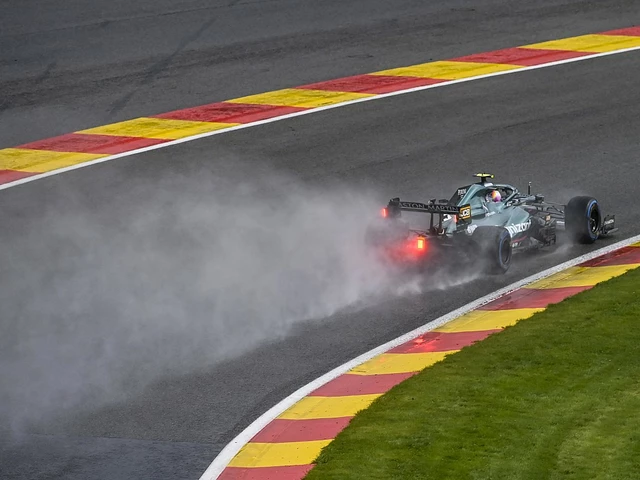Reliability in Racing: What It Means and Why It Counts
When a race car hits the track, every part has to pull its weight. A spoiler that flutters or a tire that blows out can turn a win into a wreck. That’s why reliability is the silent hero of every victory. In this guide we’ll look at the main reliability challenges and give you simple ways to boost them, whether you’re watching a NASCAR pit stop or playing Assetto Corsa at home.
Key Areas Where Reliability Matters
First up, tires. In NASCAR a full tire change happens in about 12 seconds. The crew’s ability to grab, lock, and drop the new rubber without a slip is a massive reliability test. If the air guns jam or the wheels aren’t seated right, the car can lose precious seconds or even crash. That’s why teams spend months fine‑tuning the pit‑crew process – they need every tool to work every time.
Engines are the next big piece. A high‑performance engine lives under extreme heat and pressure. When the cooling system falters, you can hear it in the loss of power or a sudden smoke plume. Teams monitor temperature, oil pressure, and fuel flow minute by minute. In video‑game simulations like Assetto Corsa, realistic physics mean the engine behaves just like a real one, so you feel the same reliability stakes while you race.
Then there’s the pit crew’s coordination. It’s not just about speed; it’s about doing the job right. A mis‑aligned wheel nut or a loose fuel hose can cost a driver the win and, more importantly, endanger safety. Reliability here means practicing the same routine over and over until it becomes second nature.
Even the car’s electronics need to be rock‑solid. Modern race cars rely on sensors that feed data to the driver and engineers. A faulty sensor can send wrong readings, causing the driver to brake too early or push the engine past its limits. Teams use redundant systems so that if one sensor fails, another takes over without a hitch.
Tips to Improve Reliability in Your Own Racing Experience
Start with regular maintenance. Just like a real team checks tire pressure before every run, make sure your game’s car setup includes correct tire wear and pressure values. Adjusting these settings can prevent unexpected slide-outs during a tight corner.
Practice pit stops in the simulation. Many games let you rehearse tire changes or refueling. Run through the steps again and again until the timing feels natural. You’ll notice how small delays add up and learn the most reliable sequence.
Watch real‑world races for clues. When you see a NASCAR crew swap tires without a hitch, pause and note the order of movements. Those same principles apply when you’re swapping parts in a garage or tweaking a car’s suspension in a game.
Invest in quality parts. In the real world, a cheap brake pad can fade faster, causing loss of control. In a game, selecting higher‑grade components often translates to better durability stats, meaning fewer forced pit stops.
Finally, keep an eye on data. Most racing games provide telemetry that shows tire temperature, brake wear, and engine load. Use these numbers to decide when to back off a little and preserve the car’s health for the final laps.
Reliability isn’t flashy, but it’s the backbone of every race win. Whether you’re a fan watching a live event or a gamer perfecting a lap, focusing on dependable parts, practiced routines, and smart data will keep you ahead of the pack.



